Enter a surname, town name or other keyword to search the database. Remember to
allow for the different spellings of 'Mc' and 'Mac.' Good luck!
{Search tips: Use single word search terms for more results}
You must enter some valid character(s) into the search field
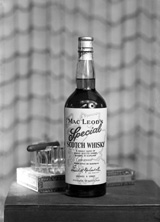
Reference: 43002b
MacLeod's Special Scotch W...
|
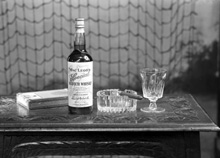
Reference: 43002a
MacLeod's Special Scotch W...
|

Reference: 23286
The Ferry Omnibus. Owned by Mr...
|
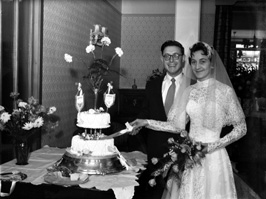
Reference: 3363c
Innes - Jones bridal, Grantown...
|
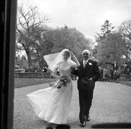
Reference: 3363b
Innes - Jones bridal, Grantown...
|
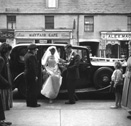
Reference: 3363a
Innes - Jones bridal, Grantown...
|
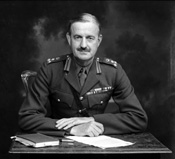
Reference: 46461f
Brigadier (later General) Sir ...
|
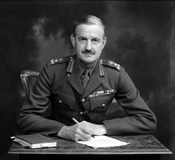
Reference: 46461e
Brigadier (later General) Sir ...
|
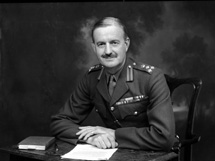
Reference: 46461d
Brigadier (later General) Sir ...
|
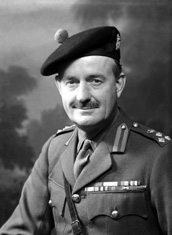
Reference: 46461c
Brigadier (later General) Sir ...
|
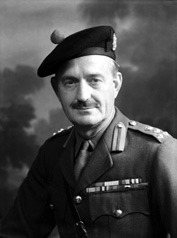
Reference: 46461b
Brigadier (later General) Sir ...
|
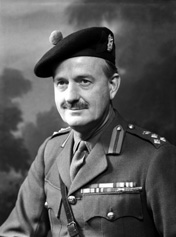
Reference: 46461a
Brigadier (later General) Sir ...
|